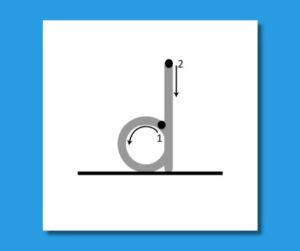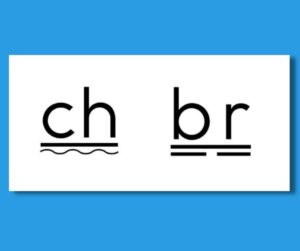Word Dictation – Differentiation
If students are struggling with writing words during word dictation. Try starting with a phonemic awareness warm-up.
- Use tokens and sound boxes.
- (T) How many sounds do you hear in cat? (3)
- (T) What are they? (/k/ /a/ /t/)
- (T&S) push tokens up for each sound in sound boxes.
- (T) What would the word be if I changed the /k/ in cat to /h/? (Hat)
- (T&S) Replace the /k/ token for /h/.
- Continue in this manner with words that the students will be writing.
This provides a warm-up as students begin listening for the sounds. Then proceed with word dictation.
Differentiation for word dictation:
- For students who are struggling with letter formation, you can have them choose from letter tiles to create words. The student is still making the connection between the sound and the letter without having to write the letter themselves.
- Grapheme (write) lines, syllable lines, or word lines
- Provide grapheme (write) lines – Each syllable may have one to three grapheme (write) lines, one representing each fingertap within a syllable.

- Provide syllable or word lines – Supporting students who segment and blend syllables efficiently.
- Provide grapheme (write) lines – Each syllable may have one to three grapheme (write) lines, one representing each fingertap within a syllable.
- Guide letter formation – Provide starting points or traceable letters, as needed
- Add visual cues for digraphs (a wavy sound line cue) or blends (mini sound lines for each consonant sound)

- Signal short vowel sounds using gestures – Refer to the IMSE Comprehensive Orton-Gillingham Plus Training Manual’s “Vowel Intensive” section for recommended gestures.
Providing students with as many visuals as they need for word dictation will be extremely beneficial. We don’t want to see children skipping words when doing word dictation or getting frustrated and stop their work.
To provide students with a positive, encouraging environment, it is best to give students lots of cues, and then slowly pull away. Each student is unique, so you as the educator need to differentiate the dictation paper. What may be appropriate for one student is not appropriate for all!
